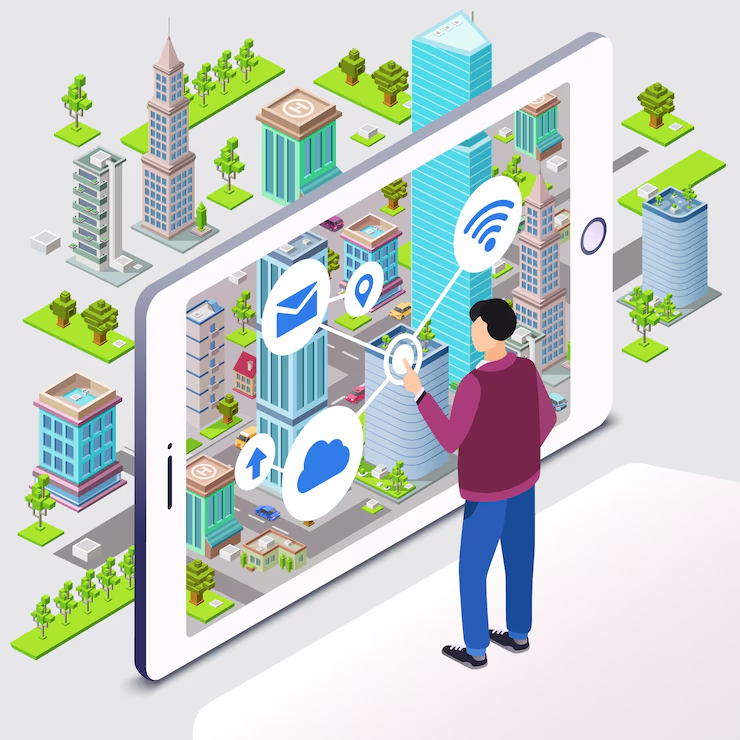
Innovative Deaf-Friendly Design: Creating Accessible Spaces in the Digital Era
- Posted by Cicada Sign
- Categories Blog
- Date March 2, 2025
- Comments 0 comment
Inclusive design isn’t just a buzzword—it’s a necessity. For the Deaf community, environments that consider visual communication and accessibility are crucial in fostering independence and connection. In this post, we explore how innovative Deaf-friendly design is transforming both physical spaces and digital platforms, ensuring that accessibility is at the forefront of modern innovation.
Key Elements of Deaf-Friendly Design
Visual Communication Features
- Captions & Sign Language Integration:
Modern digital interfaces now incorporate real-time captioning and sign language options, making online content accessible.
(Resource: W3)
- Captions & Sign Language Integration:
Architectural and Physical Space Innovations
- Clear Signage & Visual Alerts:
Buildings and public venues can integrate visual signals (like flashing lights for alarms) and easy-to-read signage to aid Deaf individuals.
(Resource: ADA: Accessible Design)
- Clear Signage & Visual Alerts:
Digital UI/UX Enhancements
- High-Contrast, Accessible Interfaces:
Effective design in apps and websites includes high contrast, accessible fonts, and intuitive navigation to ensure that Deaf users can easily interact with digital platforms.
(Resource: WebAIM: Web Accessibility In Mind)
- High-Contrast, Accessible Interfaces:
Innovative Examples in Practice
Case Study: Architectural and Physical Space Innovations
Public venues and buildings are increasingly integrating clear signage and visual alert systems to assist Deaf individuals. A prime example of such innovation is Gallaudet University’s Deafspace project, which reimagines campus design to meet the unique needs of Deaf users. This initiative features:- Visual Alert Systems: Integrated lighting and signage for emergencies and directional cues.
- Inclusive Layouts: Open spaces designed to facilitate clear sightlines and communication.
- Smart Technology Integration: Digital tools that provide real-time accessibility features.
Learn more about Gallaudet’s approach at their Deafspace page.
Architectural Innovations
Some public spaces now feature integrated visual alert systems and accessible design elements that have been endorsed by accessibility experts, transforming the way Deaf individuals navigate daily life.
(Example: Check local municipal accessibility initiatives on ADA.gov)
Impact on the Deaf Community
Innovative Deaf-friendly design goes beyond aesthetics—it empowers individuals. When digital platforms and physical spaces are accessible:
- Independence is enhanced, allowing Deaf individuals to navigate environments confidently.
- Communication barriers are reduced, fostering a more inclusive and integrated society.
- Opportunities for learning and growth are expanded, creating a future where everyone can participate fully.
At Cicada Sign, we are committed to driving change through education, advocacy, and innovation. We urge designers, architects, and digital creators to embrace Deaf-friendly design principles.
- Take Action: If you’re a business owner, ensure your digital and physical spaces meet accessibility standards.
- Join the Conversation: Follow us on social media and share your thoughts on how we can make the world more inclusive for the Deaf community.
Conclusion
The future of accessibility depends on intentional design choices that prioritize inclusivity. By integrating Deaf-friendly elements into digital and physical spaces, we take a step toward true equity and participation for all. The responsibility lies with designers, architects, and digital innovators to build a world where accessibility is not an afterthought, but a standard.





